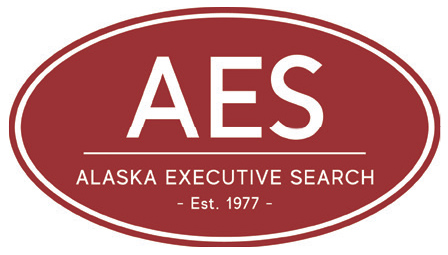ith more than 100 million employees in the American workforce, we have a melting pot of generations working amongst teams or actively seeking employment. We find ourselves caught in a paradox; torn between change resistant dynamics of honoring the legacy of a company or accepting advancement in management philosophy. Traditionalists, Baby Boomers, Gen X, Millennials, and Gen Z dynamic organizations are challenged with engaging a work force including multiple generations in the workplace. Complicating matters, according to Gallup (2017), only 18 percent feel their work is important based on the mission and purpose communicated by their employers. Furthermore, in 2016 the average annual organizational turnover rate in the United States workforce was roughly 18 percent. It is estimated that all other generational turnover aside, Millennials, who report the lowest rate of engagement, cost the US economy roughly $30.5 billion annually (Gallup 2017). Millennials (ages 23-28) make up roughly half of the work force and when combined with a tightening labor market, it is vital to recruit, hire, manage, communicate, and develop employees in a way that addresses turnover and a lack of purpose.
Employees of all generations are seeking an experience and a brand they can commit to. There is no question that pay and benefits remain relevant, but they are no longer the basis for all employment decisions. This dynamic demands companies attend to their reputation, culture, and talent at hand. At a time that online recruitment has become cost effective, trends show an uptick in the use of marketing and recruitment firms to identify and secure the best resumes. Employees are seeking a workplace that provides a quality work experience from beginning to end. For this reason, research from Gallup’s 2017 Report State of the American Workforce captures the dynamic best: “Employees make judgments and from options about their organization every single day-from the first day” (Gallup 2017)
In reality, employees develop opinions of trust and commitment to an employer from their very first interactions. Consistency between recruitment, training, and onboarding with vision and purpose are key to advancing a lasting and productive relationship. Whether acknowledged or not, the employee life cycle encapsulates the most significant and influential interactions between employee and employer, and can be understood in seven distinct stages.


